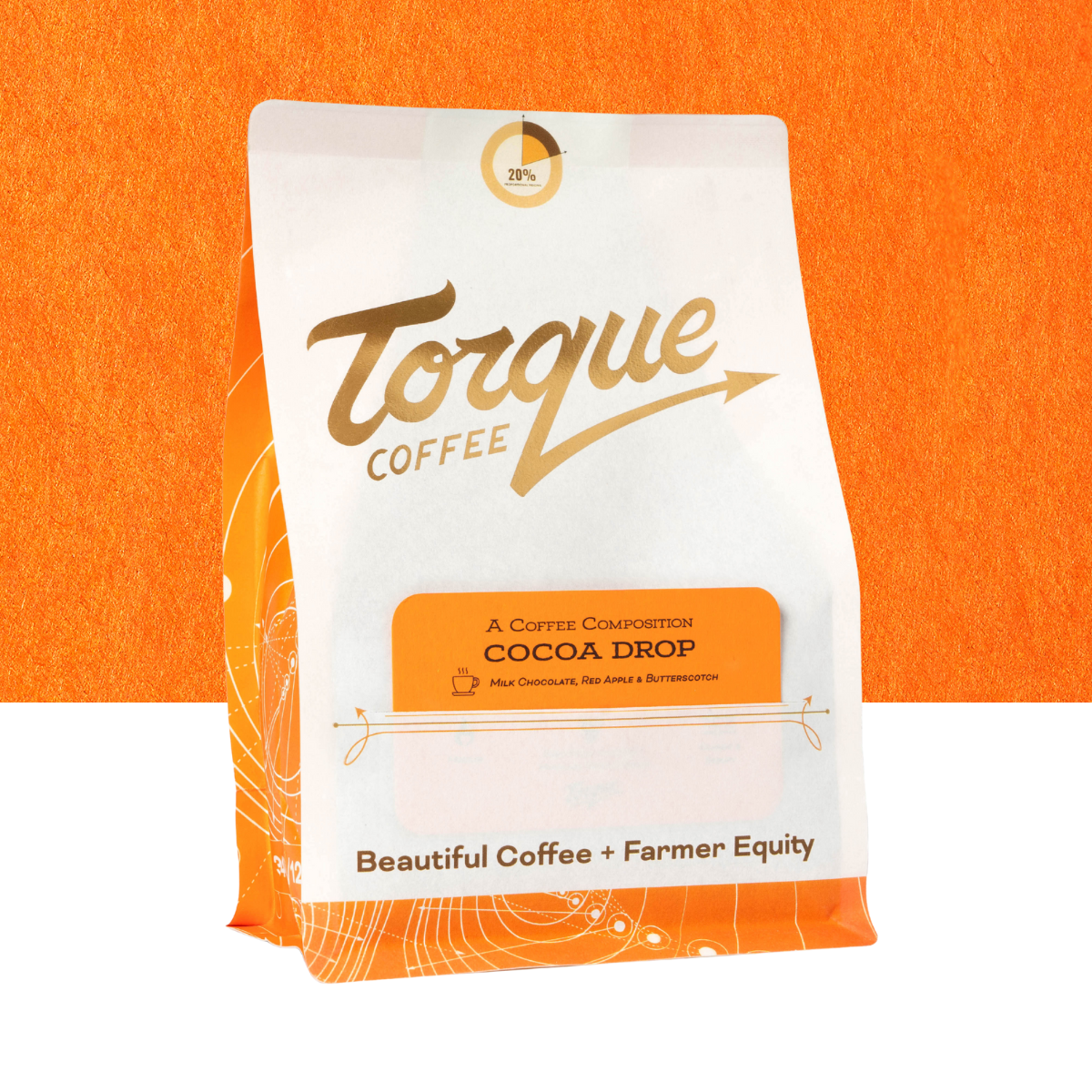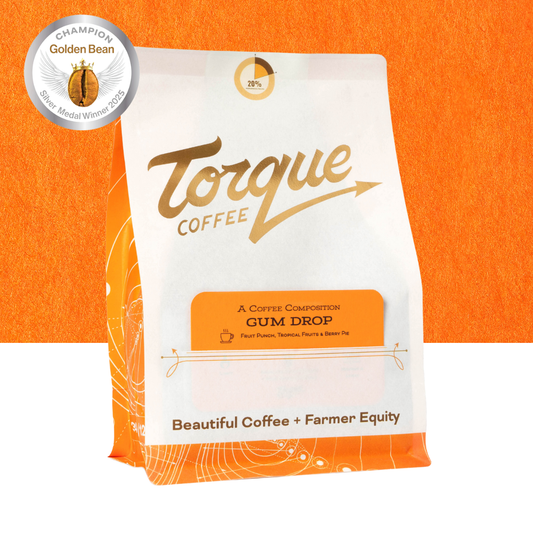
The Science of Decaffeinating Coffee
Introduction
Coffee is one of the most popular beverages in the world, enjoyed by millions of people every day. However, not everyone can tolerate the caffeine content in coffee. For those who prefer to enjoy their coffee without the stimulating effects of caffeine, decaffeinated coffee is the perfect solution. But have you ever wondered how coffee beans are decaffeinated? In this blog post, we will explore the different methods used to decaffeinate coffee and the science behind each process.
Direct Solvent Method
One of the most common methods used to decaffeinate coffee is the direct solvent method. In this process, the coffee beans are steamed to open their pores and then rinsed with a solvent, usually ethyl acetate or methylene chloride. The solvent selectively binds to the caffeine molecules, extracting them from the beans. The solvent is then removed, leaving behind decaffeinated coffee beans.
The Ethyl Acetate decaf method exposes the green beans to water and steam in order to expand the cells of the bean before washing them with an Ethyl Acetate solution, which attracts and removes the caffeine. The Ethyl Acetate used in this process is a naturally obtained byproduct of the fermentation of sugar cane. After the Ethyl Acetate wash, coffees are rinsed and dried. Often referred to as EA or sugar cane method it tends to produce fruiter brighter notes. The sugar cane method is one of our favorites and is clean and natural and safe and doesn't change the coffee flavor too much.
Indirect Solvent Method
Another method used to decaffeinate coffee is the indirect solvent method. This process is similar to the direct solvent method, but instead of directly rinsing the beans with a solvent, they are soaked in water. The water extracts the caffeine from the beans and is then transferred to a separate tank where a solvent is added. The solvent binds to the caffeine molecules in the water, which is then removed. The caffeine-free water is reintroduced to the beans, allowing them to reabsorb the flavor compounds.
Swiss Water Process
The Swiss Water Process is a natural and chemical-free method of decaffeination. In this process, the coffee beans are soaked in hot water to extract the caffeine and flavor compounds. The water is then passed through a carbon filter that traps the caffeine molecules. The filtered water, now free of caffeine, is used to rinse a new batch of beans. This process is repeated until the beans are 99.9% caffeine-free. The Swiss Water Process is highly regarded for preserving the flavor and aroma of the coffee.
Swiss Water Process tends to make coffees look very dark and often has a more chocolatey bread/cookie flavor profile which many people love. We also love this process. Our Current Decaf Drop uses Swiss Water Process decaffaneition.
Carbon Dioxide Method
The carbon dioxide (CO2) method is a more recent development in decaffeination. In this process, the coffee beans are soaked in water and placed in a stainless steel container. Liquid CO2 is then pumped into the container at high pressure, causing it to become supercritical. In this state, the CO2 acts as a solvent and selectively extracts the caffeine from the beans. The CO2 is then depressurized, returning to its gaseous state and leaving behind decaffeinated coffee beans.
Conclusion
Decaffeinated coffee provides a great alternative for those who want to enjoy the taste and aroma of coffee without the stimulating effects of caffeine. The methods used to decaffeinate coffee, such as the direct solvent method, indirect solvent method, Swiss Water Process, and carbon dioxide method, all aim to remove caffeine while preserving the flavor compounds. Whether you prefer a chemical-free process or a more efficient method, decaffeinated coffee offers a wide range of options to suit your taste preferences.





